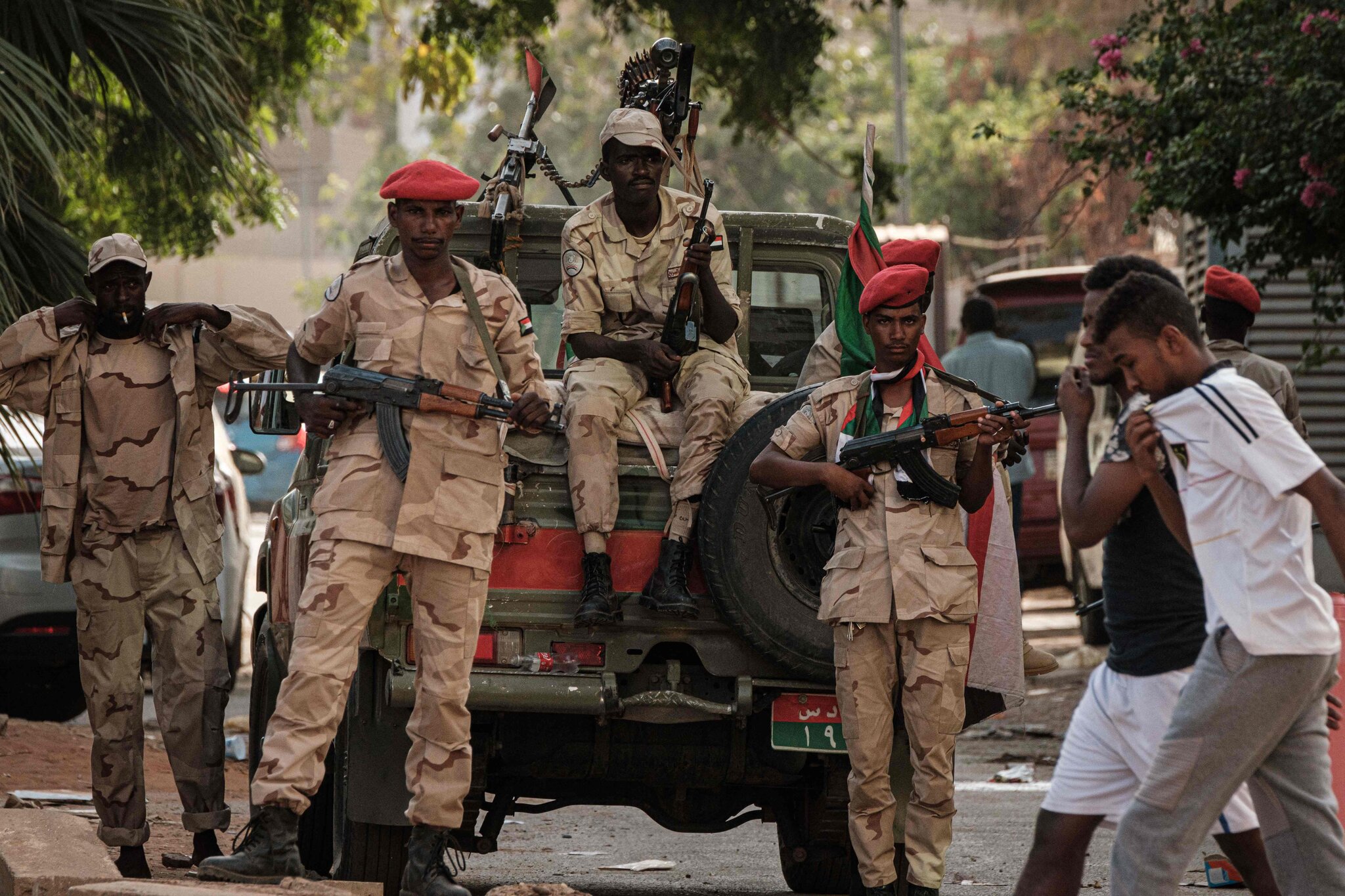
The Rapid Support Forces (RSF) said Sunday they captured General al-Burhan army’s headquarters in al-Fashir—long the SAF’s final major foothold in Darfur—capping a swift turn on the ground that followed the collapse of indirect, U.S.-mediated contacts in Washington.
Videos released by RSF show fighters celebrating at signage for the Sixth Infantry Division compound. Reuters verified the location but not the filming date, and the SAF did not immediately comment on its current disposition inside the city.
The timing is pivotal. Delegation sources from the Washington track say General al-Burhan’s SAF declined to co-sign a Trump-endorsed framework for a nationwide three-month humanitarian truce—one designed to open aid corridors and de-escalate front lines. That refusal not only stalled momentum; it risks aggravating Washington’s patience as the White House pushes for immediate relief operations. With El Fasher now in RSF hands, leverage in any renewed diplomacy tilts decisively toward the RSF-aligned TASIS political alliance, which has argued for parallel military and political channels.
Operationally, the RSF framed the takeover as a strategic breakthrough consolidating control across Darfur and enabling more secure humanitarian access. It follows Saturday’s RSF advance into Bara in North Kordofan, the gateway between Darfur and central Sudan. Local networks in El Fasher reported defensive lines collapsing around the central command compound as RSF units pressed in.
The SAF has accused the RSF of abuses during the city’s long siege; but international reporting has carried allegations against both sides, more so on jihadist-aligned SAF forces than RSF.
RSF officials say they are facilitating safe exits for civilians and surrendered personnel and insist that law and order measures are in place as forces screen departing columns. Independent verification remains difficult amid prolonged telecom outages and restricted access.
With El Fasher under RSF control and TASIS’ political track ascendant, pressure will mount on the Quad to translate diplomatic statements into concrete arrangements: monitored ceasefire zones, verified corridors for aid convoys, and a structured political lane that reflects new realities on the ground.
For SAF, re-entering talks it walked away from may be the only route to retain influence over the terms of de-escalation.
